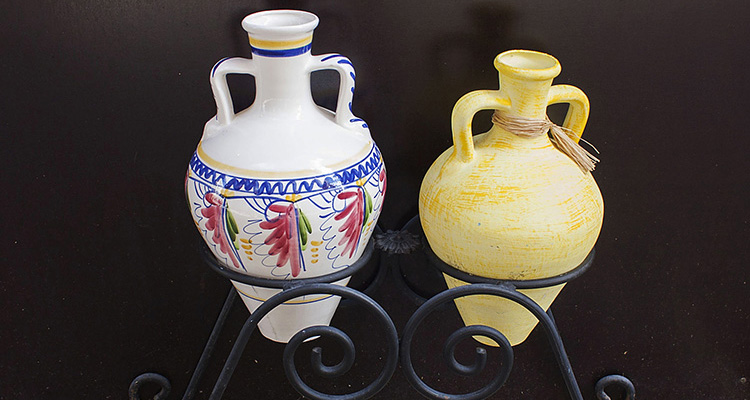Kumis on the Grasslands: Mare’s Milk Tradition
Imagine standing on the vast, windswept grasslands of Inner Mongolia under a limitless blue sky. A Mongolian host in traditional deel approaches with a shining silver bowl, singing a melodic toast, and offers a milky, slightly fizzy drink—kumis (locally called cheg). More than just a beverage, kumis is a living symbol of nomadic culture, a ritual of hospitality, and a unique taste of the steppe waiting for travelers to experience.
1. Source and History: An Ancient Drink from the Grasslands
Kumis (fermented mare’s milk) has been cherished by northern nomads—Mongols, Kazakhs, and other steppe peoples—for over a thousand years. Historical records from the time of Genghis Khan note kumis as a nourishing drink for warriors and celebratory feasts. Its origins lie in the practical needs of pastoral life: mare’s milk ferments more easily than cow’s milk, and nomads used a shaking method to preserve it, creating a lightly alcoholic, refreshing drink.
2. Cultural Significance: The Highest Hospitality
In Mongolian culture, kumis is more than refreshment—it is an offering of respect and friendship. At Naadam festivals, weddings, and when welcoming honored guests, hosts dress in traditional robes, pour kumis into silver bowls, and present it with a ceremonial song. Guests receive the bowl with both hands, dip their ring finger into the drink, and flick droplets three times—first to the sky (to honor Tengri), then to the earth, and finally to the hearth—before drinking. This ritual expresses gratitude to nature and community, making sharing kumis an intimate cultural exchange.

3. Ingredients and Production: The Unique ‘Shaking’ Fermentation
Authentic kumis is made from fresh mare’s milk. Traditional preparation—often in a skin or wooden vessel—involves repeated shaking with a wooden churn (called a khuur) to aerate the milk and promote natural fermentation by lactic acid bacteria and yeast. Over several days (shorter in warm weather), the milk develops a gentle fizz and low alcohol content, usually under 3% ABV. The result is a cloudy, pale liquid full of natural probiotics with no artificial additives.
4. Flavor and Texture: A Refreshing Steppe Experience
Kumis has a tart-sweet flavor with mild effervescence. Think of it as kefir or lightly fermented yogurt with a faint boozy aroma and a subtle peppery bite. Fresh, locally made kumis is lively and tangy, while bottled versions in cities may taste milder. Slight cloudiness or sediment is normal and indicates live fermentation. For many travelers, the flavor is surprising at first but soon becomes a refreshing taste of the steppe.

5. How to Taste and What to Pair It With
Kumis is traditionally served cold in silver or wooden bowls. On the grasslands, it pairs well with boiled mutton, dairy products, or roasted meats, balancing rich flavors and aiding digestion. For first-timers, sip slowly to adjust to the acidity and bubbles. Though low in alcohol, kumis can provide a gentle warming effect—consume moderately when sampling multiple local specialties.
6. Where to Try the Most Authentic Kumis in Inner Mongolia
For the truest experience, visit the Inner Mongolian grasslands in summer (June–September) when mare’s milk is abundant. Regions like Xilin Gol, Hulunbuir, and the pastures near Hohhot and Xilinhot offer opportunities to stay in yurts (gers), watch kumis being made, and taste it fresh from the vessel. City restaurants sometimes serve kumis, but the in-field, fresh version is unmatched. Because it spoils quickly, bottled kumis is rare and often tastes different.

7. Simple Home Method: A Gentle DIY Kumis (Not Traditional)
For a home-friendly version, use fresh mare’s milk if available; otherwise, full-fat cow’s milk with a kefir or yogurt starter can approximate the flavor. Mix milk with the starter, keep at 20–30°C (68–86°F) for 24–48 hours until slightly fizzy and tart, then refrigerate and consume quickly. Note: this version will not fully replicate the traditional shaken kumis of the grasslands.
Conclusion
Kumis is a window into Mongolian nomadic life—its history, rituals, and flavors. Whether sipped in a yurt on the Inner Mongolian steppe or sampled in city restaurants, kumis invites travelers to share centuries of hospitality. On your next visit to the grasslands, raise a silver bowl, honor the sky and earth, and let the refreshing taste of kumis become one of your most memorable travel experiences.


